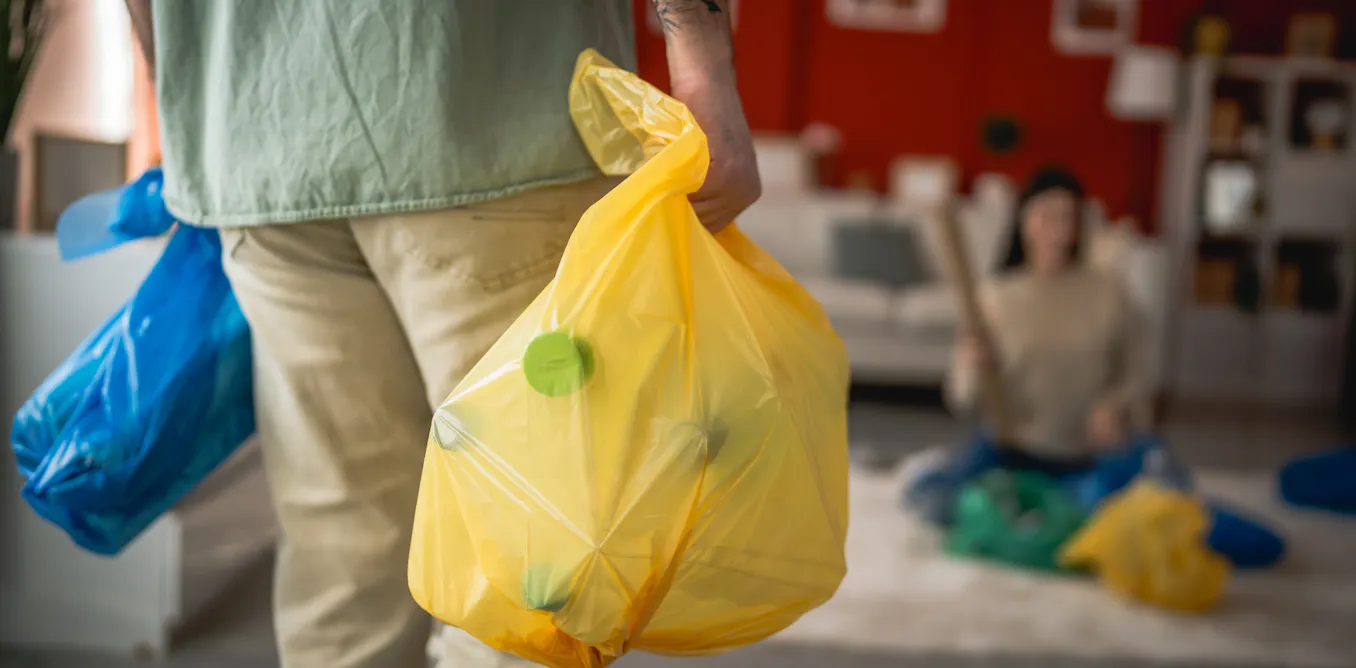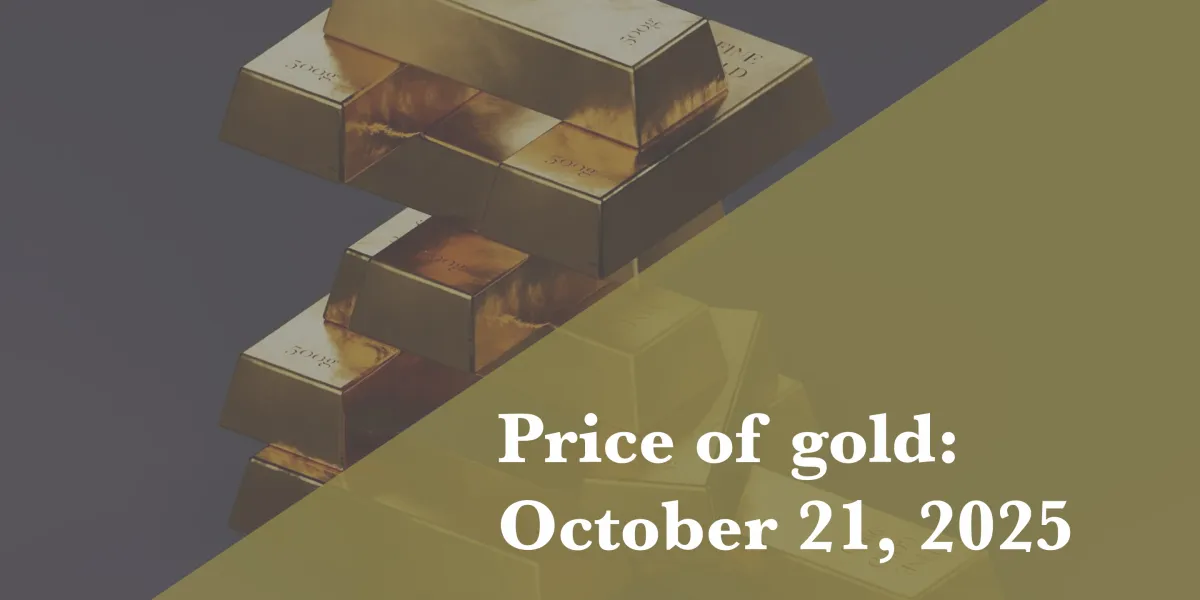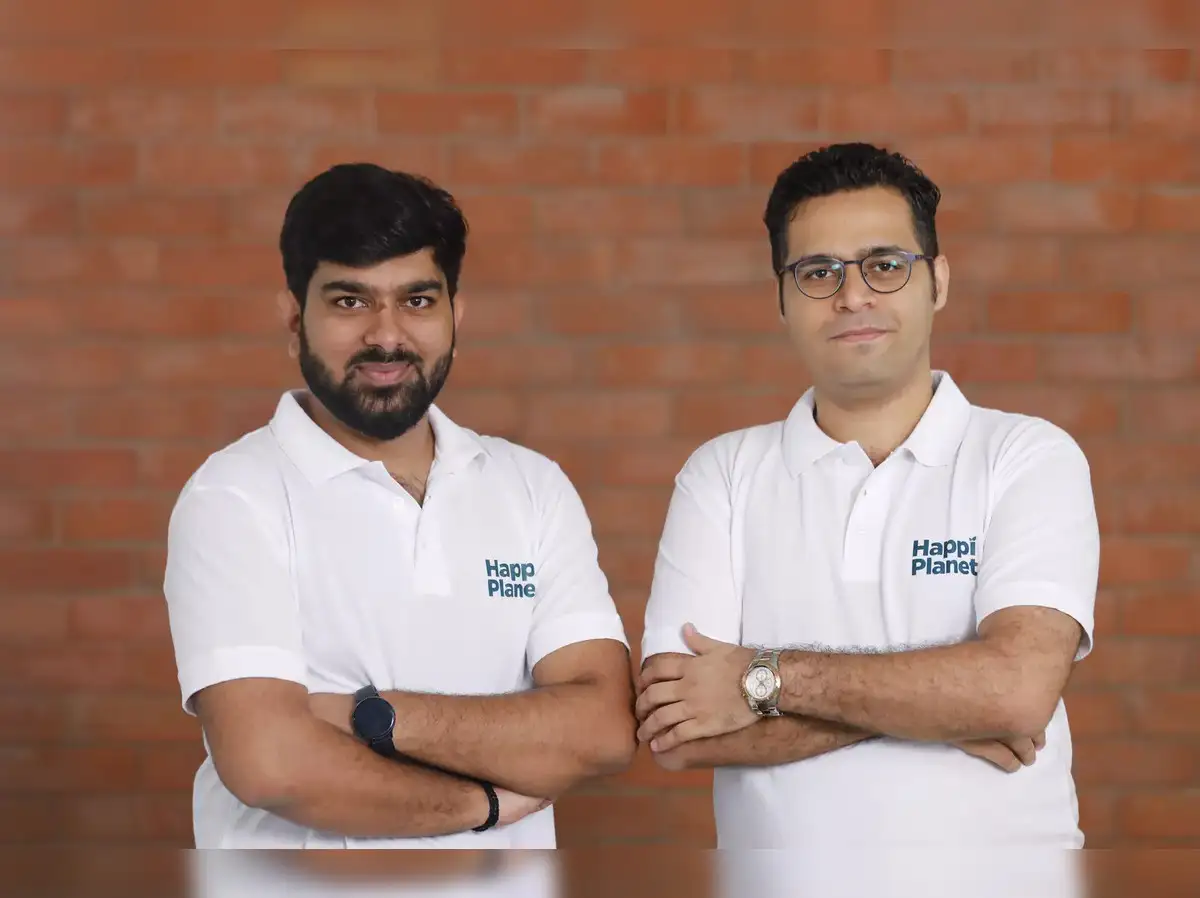Copyright theconversation

Food waste has long been reviled as an immoral, largely preventable feature of our consumer society. An estimated 4.7 million tonnes of edible food is thrown away by households each year in the UK, according to the Waste and Resources Action Programme, an environmental charity that runs the Love Food Hate Waste campaign. This wastage seems especially wrong at a time when escalating food prices have driven many British households to become reliant on food banks. Meanwhile, the single-use plastic packaging used to reduce food wastage poses a more insidious problem. Once discarded, the single-use plastics that cushion, seal, protect and extend the shelf life of our groceries can linger in landfills, beneath the ground, in rivers and on the seabed for centuries. This mounting plastic waste could disrupt ecosystems, negatively effect food security through declining animal health and cause health issues in people. If binning good-to-eat food has historically been reviled as consumers’ great moral failing, their over-reliance on single-use plastic food packaging could be a longer-lasting sin. Read more: Most food waste happens at home – new research reveals the best ways to reduce it UK households throw away approximately 90 billion pieces of plastic packaging a year. In 2024, the UK achieved a recycling rate of approximately 51%-53.7% for plastic packaging waste. The rest was incinerated, land-filled, or shipped abroad, typically to countries with weaker waste management systems. There it is buried, burned or haphazardly stored with the risk of leaking into rivers and seas. Traces of plastic have been detected everywhere from Arctic ice to the hottest deserts, from the bellies of seabirds to human blood, lungs and placentas. Unlike food waste, the damage of plastic waste is cumulative, slowly imparting a toxic legacy throughout ecosystems for future generations. The scale of the single-use plastics problem is not to diminish the problem of food waste. Throwing out a pack of mackerel fillets or a tub of smashed avocado from the fridge is not only disrespectful to the third of UK children under five living in food insecure homes. It disregards the huge amount of carbon emissions needed to produce, preserve, transport, retail and store those items from producer to consumer. Read more: How the pollution of today will become the 'technofossils' of the far future An estimated 16 million tonnes of carbon dioxide is produced from UK households’ wasted consumable food and drink. But damaging as it is, food waste has an end point: it decomposes, breaks down, then returns to the soil. In contrast, plastic packaging persists indefinitely, slowly fragmenting into smaller parts and disintegrating into stubborn chemical constituents that stick around. Each plastic bottle, crisp packet and meat tray that ends up in the natural environment represents a long-term alteration of the material world. Food waste decays, plastic stays Why then does binning plastic packaging rarely invite as fervent a reaction as scraping a plate of uneaten dinner into the bin? Our research suggests that part of the answer lies in how each act of wastage is morally framed. Food is very visible, desirable and morally loaded – it is something held dear in most religions and communities. Several faiths explicitly denounce the wasting of food as sinful or wrong. Secular British history too is replete with memories of food shortages, rationing, rising prices and austerity periods which have led to strong moral attitudes against food waste. According to the anti-poverty charity Trussell Trust’s research, approximately 14 million people in the UK faced hunger in the past year leading up to September 2025. By comparison, plastic is more abstract. Plastic food packaging is hidden in plain sight, often serving as a “passenger” rather than a driver of our consumption. After we remove the food, we toss plastic packaging into the trash – ideally the recycling bin – without a further thought. Where food is deep-seated in moral and even sacred meanings around nourishing the body, sharing and caring, identity and celebration, plastic is devoid of such values. Throwing food away can feel like an affront to the communities we identify with, but binning plastic does not carry the same stigma. We do not view ourselves as “wasting” plastic, we merely “dispose” of it. Among the members of 27 households we interviewed, many expressed their frustration about good-to-eat food ending up in bins or landfills. Most cited the usefulness of plastic packaging in keeping food fresh and helping to reduce waste. For them, the consequences of binning plastics are dispersed and delayed. No great cautionary tale from our collective memory exists to warn us of the complex, longer-term challenges that will follow. To overcome the challenges of tomorrow, we must reassess the hierarchy of things that we, as consumers, feel guilty about. Food waste certainly matters, but so too does plastic packaging. The problem is that plastics have not been a part of our moral economy for very long. Plastics arrived as a modern convenience, not as a moral appendage to our sense of identity or community like food has been for millennia. There are no ancient and collective traumas tied to plastics’ wanton consumption, abuse or scarcity, no prayers of gratitude for plastic packaging, and no great piety or moral proverbs condemning its thoughtless disposal. Our existing moral frameworks are coloured with images of hunger, famine, bread lines and emaciated bodies that provide us with the imagination to condemn the wasting of food. But we require new stories and perspectives to position plastic waste as an evil that will outlive us, haunt our waterways, crowd the stomachs of wildlife, leach into our food systems, and poison our bodies long after our shopping habits have changed. Don’t have time to read about climate change as much as you’d like? Get a weekly roundup in your inbox instead. Every Wednesday, The Conversation’s environment editor writes Imagine, a short email that goes a little deeper into just one climate issue. Join the 45,000+ readers who’ve subscribed so far.



